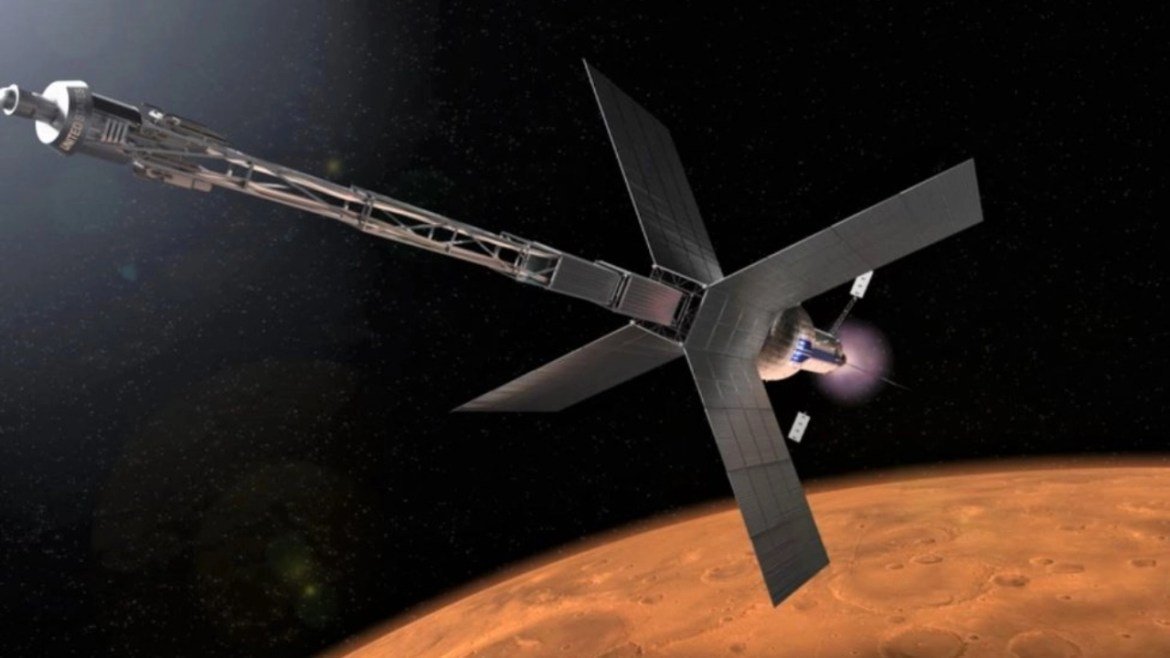Northern Arizona University and Johns Hopkins University researchers announced that they found water on the surface of Mars. Northern Arizona University (NAU) doctoral candidate Ari Koeppel announced that they found traces of water in the Arabia Terra region of Mars.
Arabia Terra is located in the northern latitudes of Mars. Named by Italian astronomer Giovanni Schiaparelli in 1879, the region covers an area slightly larger than the European continent.
They turned to satellites to find water on the surface of Mars!
Arabia Terra has craters, volcanic calderas, canyons. Scientists conducted a comprehensive study of these rock layers and how they were formed. The NASA Mars Data Analysis Program also funded Koeppel’s work, which conducted research with his advisors. The team published the paper in the journal Geology.

The research team worked hard to detect traces of water in rocks on the Martian surface. They studied environments between 3 and 4 billion years ago and whether there were climatic conditions suitable for life on the surface. They analyzed how long it could be stable if water was present, and what the atmosphere and surface temperature might be like.
Scientists focused on thermal inertia. Sand with small and loose particles quickly gains and loses heat. However, a solid rock stays hot for a long time after dark. By looking at the surface temperatures, they determined the physical properties of the rocks in the study area.
Using data from satellites, the team looked at thermal inertia, as well as evidence of erosion, the condition of craters and what minerals are present. Koeppel explained that the water was only found for a short time. Generally, people care about the permanent water on Mars. But researchers are currently centering different questions.
For example, what are the conditions that allow water to be present on the Martian surface for a short time? Scientists have turned to searching for answers to these and other similar questions.